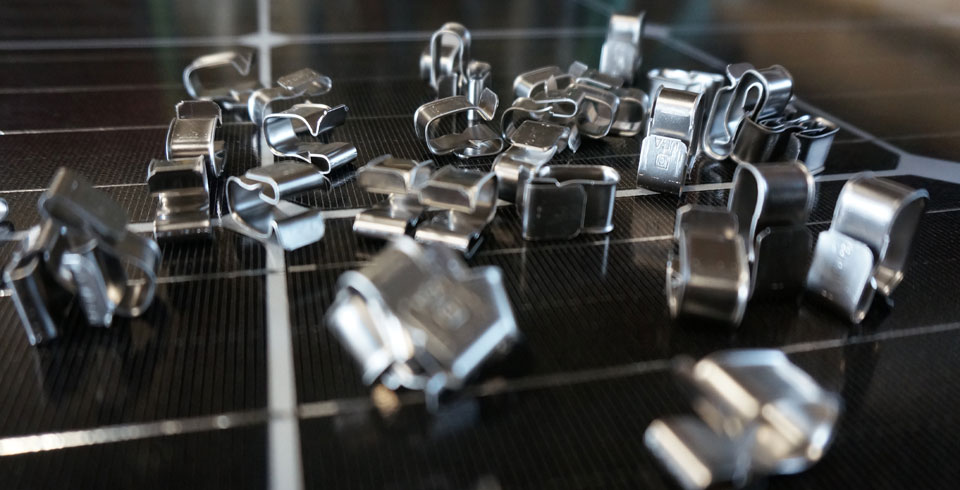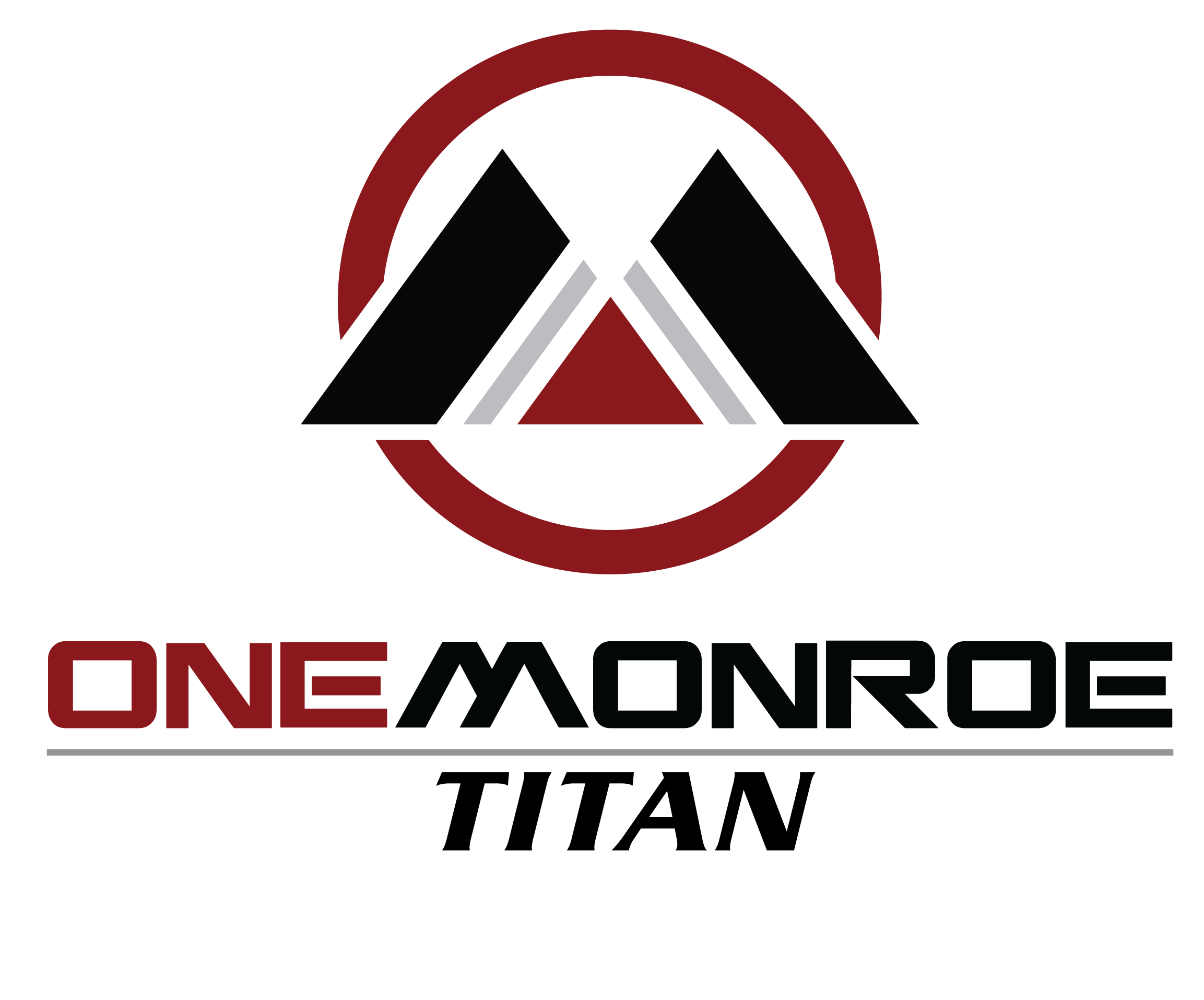
In the world of renewable energy, the performance and safety of solar power systems hinge significantly on an often-overlooked aspect: cable management. As we harness solar energy through intricate networks of solar panels, maintaining proper cable management is vital to minimizing electrical faults and ensuring long-term reliability. Good cable management enhances the efficiency and safety of solar installations by preventing potential hazards and making maintenance more straightforward.

Our pursuit of cleaner energy solutions emphasizes the need for meticulous planning and execution in solar power systems. By focusing on the quality and organization of cables within a solar installation, we mitigate risks of physical damage and improve system longevity.
Impact of Solar Cable Management on System Performance
Effective solar cable management directly influences a system’s performance by minimizing energy losses and preventing electrical hazards. By focusing on precision and quality in cable installation, we enhance system efficiency and ensure long-term reliability.
Role of Cable Management in Efficiency and Power Losses
Our approach to solar cable management significantly affects efficiency. With properly managed cables, power losses due to resistance and voltage drops are minimized. By maintaining optimal conductivity through high-quality insulation and appropriate cable sizing, we prevent potential energy losses. Using materials that resist environmental degradation maintains strong connections, avoiding potential faults that lead to efficiency decline.
Cable Installation Practices for Optimal Energy Production
Implementing meticulous installation practices in our photovoltaic installations is crucial. Selecting the right cable size and length reduces resistance, improving energy production. The use of conduit and robust insulation material prevents wear and environmental impacts on cables. Proper grounding techniques ensure safety and performance in both DC and AC systems, while well-organized installations facilitate easier maintenance and less downtime.
Minimizing Electrical Faults and Safety Hazards
Good cable management reduces electrical hazards. By using reliable insulation and jackets, we prevent short circuits which can lead to fire hazards. Adhering to compliance standards ensures our installations are safe and free from electrical faults. Effective cable organization helps in avoiding physical damage that might cause system failures, ensuring both the safety of the systems and those maintaining them.
Factors Influencing the Longevity and Reliability of Solar Cables
Proper solar cable management is paramount to ensuring the long-term performance and reliability of solar systems. Critical factors impacting the longevity and reliability of these cables include environmental conditions and regular maintenance practices.
Environmental and Mechanical Stress on Solar Cables
Solar cables are exposed to various environmental challenges that can affect their longevity. Extreme temperatures and constant temperature fluctuations can cause wear and tear on cable materials, jeopardizing their performance. UV radiation and other harsh conditions lead to degradation over time.
Mechanical stress, such as pulling or bending, also contributes to wear. To combat these, choosing cables with high durability and effective environmental protection is essential. This includes using materials specifically designed to withstand such harsh conditions, thus prolonging the overall lifespan.
Maintenance and Inspection Strategies
Regular maintenance and visual inspections are crucial in identifying potential issues before they lead to significant downtime. Scheduling routine checks allows us to spot signs of damage or degradation early.
Quality inspections involve not only visual inspections but also performance testing to ensure cables operate efficiently. Implementing a structured maintenance plan improves reliability, allowing us to address potential wear or damage promptly.

